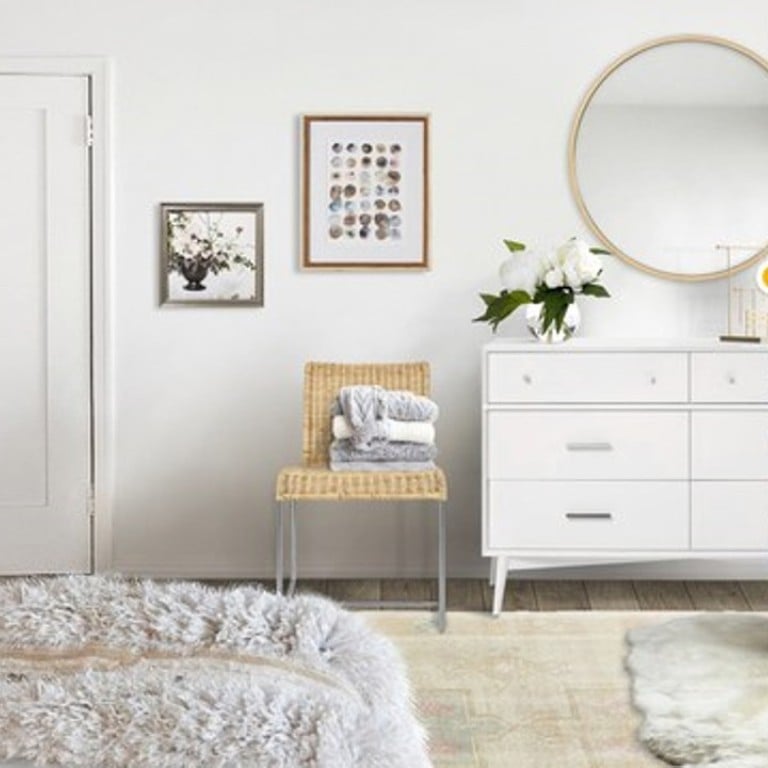
Interior design apps take the pain out of picking paints, furniture and art for your home
From seeing if and how an item of furniture will fit in a room, to experimenting with decor, to seeing how an artwork will look hanging on a wall, there are apps for every task that harness your handset’s camera and the power of AR
Have you thought about hiring an interior designer but balked at the cost? Are you put off by the idea of showing a stranger how you live? Then these apps may be for you.
Mobile applications such as Designbx.com, co-created by an Australian interior designer, Kerena Berry, make home styling easy, cost-efficient and convenient. And unlike the walking, talking designer you hire, there’s no risk of causing offence if you change your mind.
Ultraviolet is the colour of 2018 – five purple fashion pieces that celebrate Pantone’s choice
Even the professionals use such apps. “We usually recommend to our students the Pantone app (Pantone Studio) to play with colours – you take a picture and can retrieve the colours used with the Pantone number system,” says Eve Mercier, founder of the Insight School of Interior Design in Chai Wan, Hong Kong.
“We also like the Canva app (using photos from your camera roll) and Snapseed (for photo editing) to create professional-looking project presentations.”
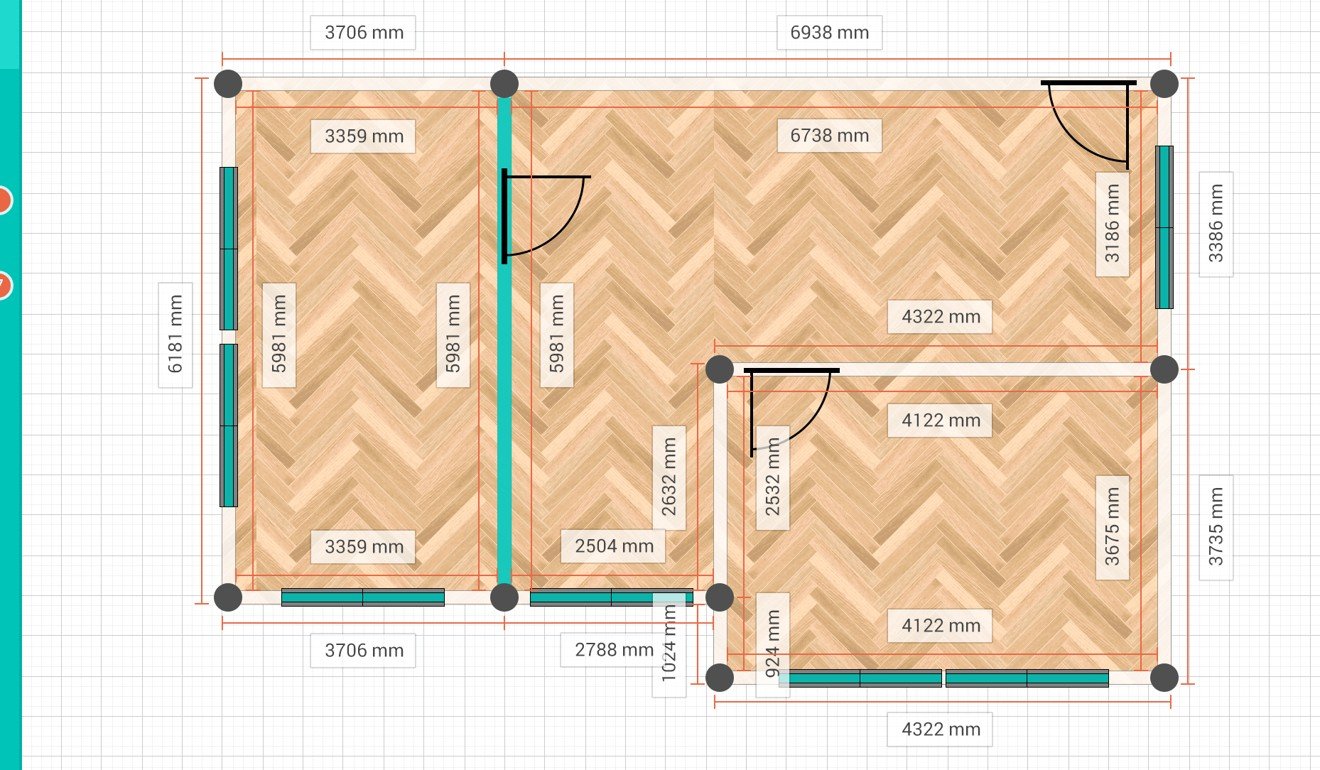
If you want to know whether a piece of furniture you love in the store will look right in your home – or, indeed, if it will fit, not only in the room, but through the doorway – an app called Photo Measures takes care of that. You simply take a photo of the space, and the app sizes it up for you. Do the same with your desired item, and see if it’s a match.
As for the look, various apps such Magic Plan and Amikasa let people experiment with interior decor schemes. In Hong Kong, Ricky Chan Kwan-fai, the founder of Studio-R, a creative media company, meets that need with his locally developed Homey app.
Launched in June last year, the app works in two ways: there is a drag-and-drop function to try out different furniture, lighting, flooring and wallpaper options in a virtual home, and an augmented reality (AR) function that uses the camera on a smartphone or tablet to “place” items in users’ homes.
The furnishings shown can also be bought from participating local suppliers; to date they number around 50. More brands and products will be added over time, Chan says.
The Homey app is free for consumers to use, and has been downloaded around 9,000 times. In addition to individual householders, “it’s also being used by interior designers and property developers”, Chan says.
Clients, including Kowloon Development Company, have used Homey’s VR, or virtual reality, function (a paid feature designed for developers) to show buyers how its flats might look once furnished.
How Hong Kong’s ‘Broken House’ was transformed into welcoming family home
Among the apps that show you in 3D how your room could look, Hutch has a before-and-after feature, so you can easily flip between present and possible design scenarios. The process is tech-driven but has professional designers developing the renderings and curating the products behind the scenes.
Hutch’s youthful co-founder, Beatrice Fischel-Bock, features on a Forbes 30 under 30 list for 2018.
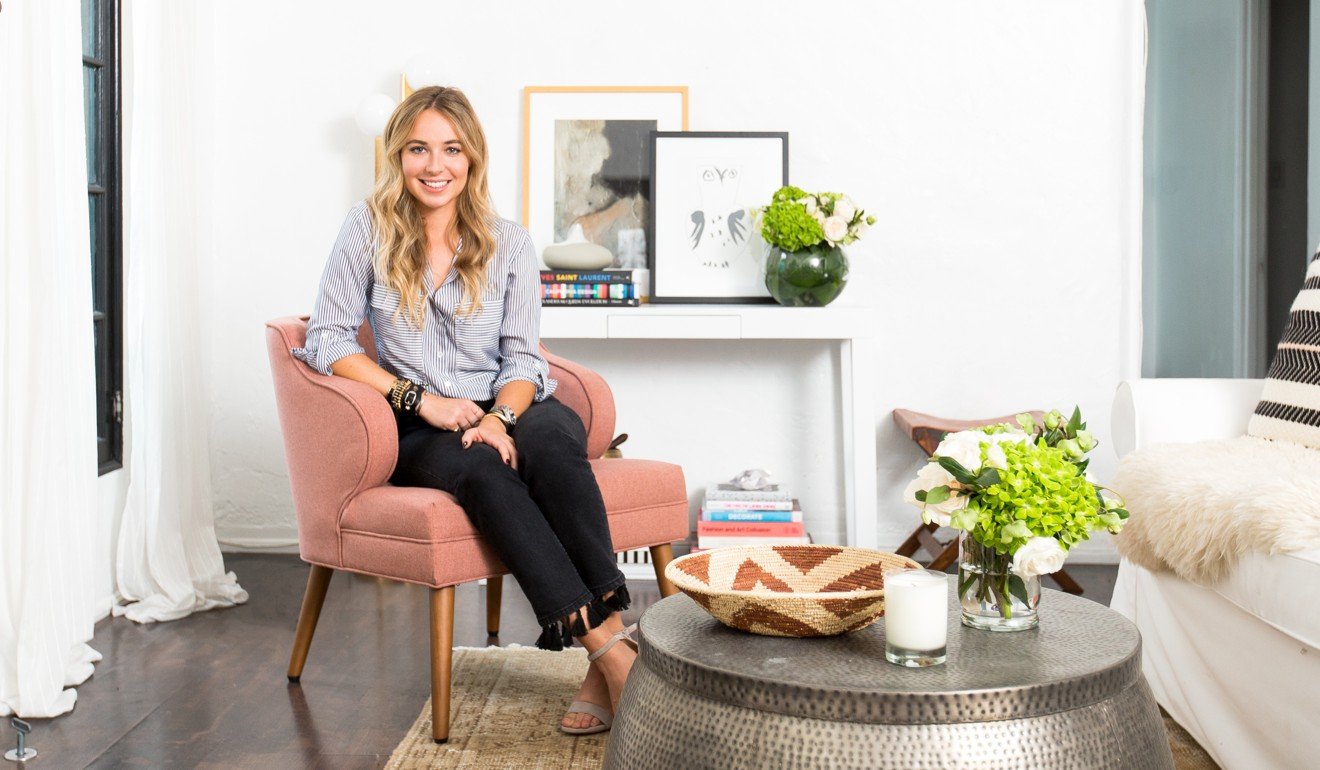
Aside from the fun of endlessly redecorating in the virtual world that they provide, some apps are downright handy. For instance, Curate lets users see any artwork, scaled correctly, on their own walls, just by taking a photo of the piece you fancy and inputting that into a photo of your room.

Developed by American art collector Cari Sacks, the app also has links to art galleries around the world, allowing users to browse through their collections. Sacks says she developed the app to eliminate one of the biggest impediments to purchasing art: answering the question, “How will it look on my wall?”
Next is how to hang it.
We also like the Canva app (using photos from your camera roll) and Snapseed (for photo editing) to create professional-looking project presentations
For all those little DIY tasks, iHandy Carpenter is a tradesman’s assistant in the palm of your hand. This app comes with five functional tools, including a spirit level, plumb bob, protractor and ruler so users can check if picture frames, floors, walls and surface tops are level. It can even measure the slope of a surface.
A built-in gyroscope and calibration function ensure the accuracy of the measurements taken – and at the end of the job, there are no tools to store.
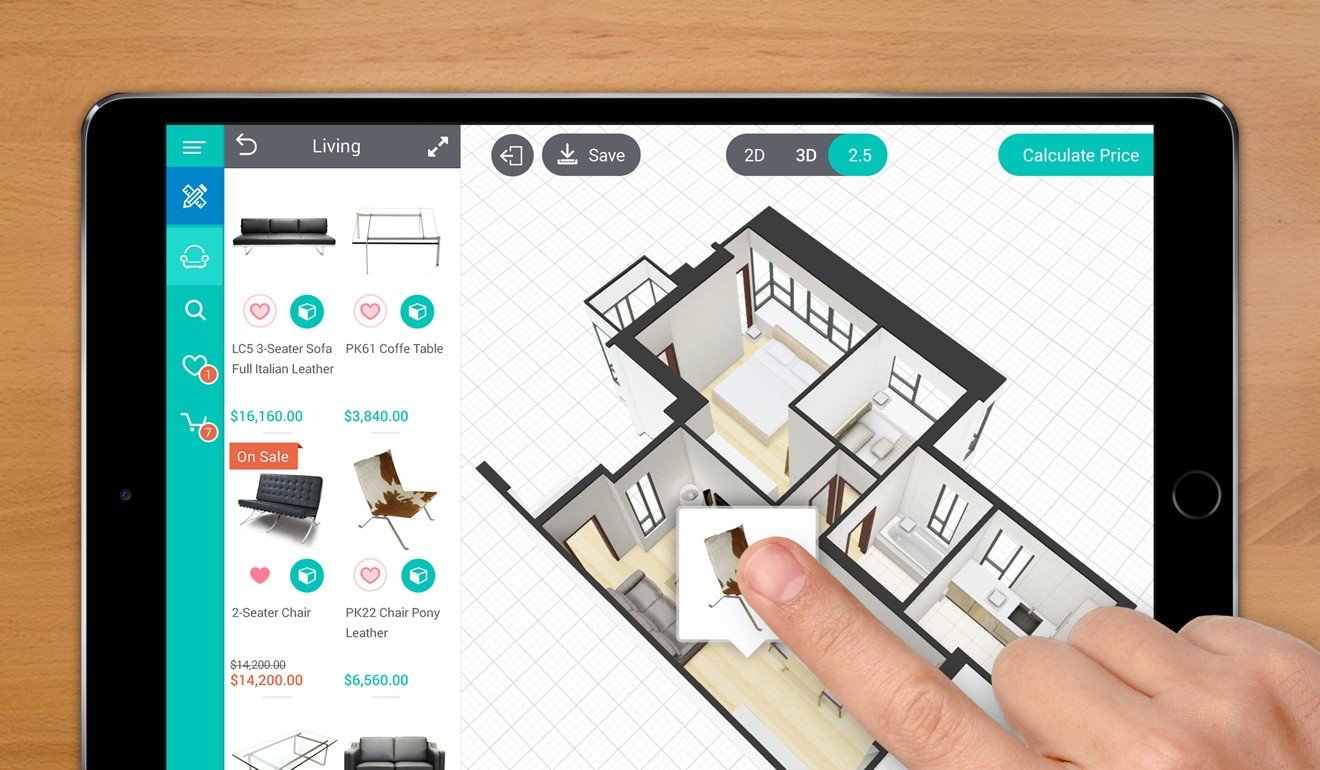
Houzz, the mother of all online interior design platforms, claims to have more than 14 million photos of home interiors and exteriors on its app, and links to 9 million products to buy. While browsing through this treasure trove of inspiring ideas, users can save their favourites to a personal ideas book, ask questions of other users via a discussion forum, and locate designers and other professionals in their area using the Find a Pro tool.
Predicting the next big thing in interior design
With all that choice, it may be tricky to ensure an overall scheme will gel with the rooms styled one by one.
Happily, amateur decorators don’t have to go it entirely alone online. Some apps come with how-to advice from design professionals. Havenly, for example, shares tips of the trade, such as where to spend big and where to save, and how to make your rooms flow. Users can also pick a designer to talk to if they want one-on-one time.
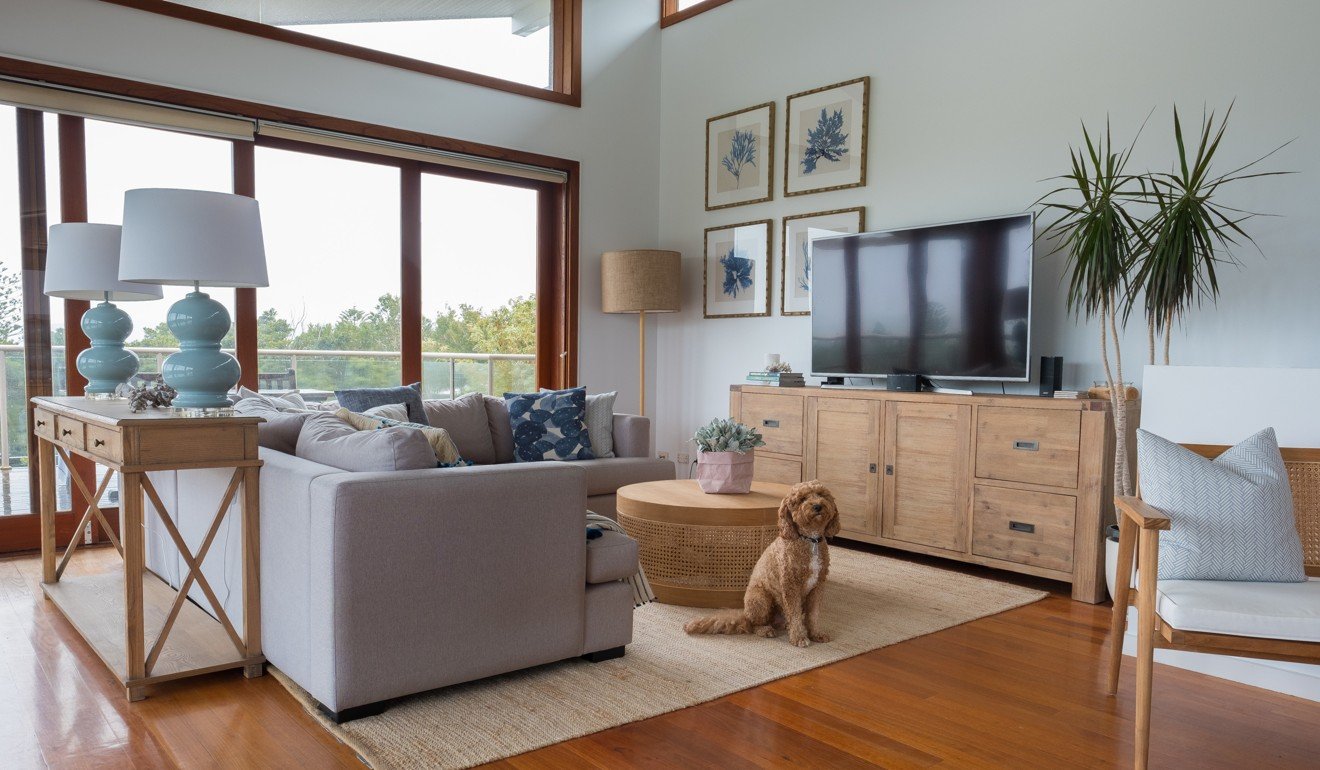
Connecting householders with designers online was also the reason Designbx (pronounced design box) was created in 2016. “The traditional model of face-to-face interior design didn’t provide flexibility for clients or designers. There had to be a better way,” says Berry.
The first step – taking a quiz to identify your particular design style – is free. Visual mood boards are provided to give an idea of the look. Users then select a room they would like to design – priced from A$299 to A$399 (US$233 to US$311) per room – or the whole house.
Professional designers collaborating on the platform pitch their ideas, via “visual inspiration boards”, according to the client’s brief. The client picks their preferred designer, then finalises style concepts, floor plans, and a shopping list – so the whole experience is affordable, flexible, and easy to manage, according to Designbx co-founder Emily Carding.
“We have relationships with suppliers all over Australia who offer industry discounts we can pass onto the client,” says Carding. “People get a professional design service for an upfront fee, which is usually offset by those discounts.”
Although Designbx is currently only available in Australia, the founders have plans for regional expansion. They say they see potential in Hong Kong because renovation is routine, even in new flats, and householders seem keen to differentiate their space through interior design.

